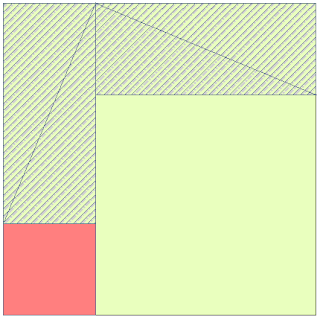Babylonian mathematics has had a great impact on Mathematics as we know it. It’s a real shame that we hardly every talk about it, and instead worship the likes of Pythagoras Euclid and Archimedes, and other Greek mathematicians.
Maybe this is because the Greeks, valued Mathematics for itself, and did not view it, just as a tool for commerce, which many claim, is what the Babylonians did.
The Mesopotamian region has been the centre of the Sumerian Civilization, which was later followed by the Babylonian civilization. Both of them were largely settled civilizations, with farming and trading as their major occupations. They built large cities, and trading took place. They needed Mathematics for practical reasons, like measuring and weights, building irrigation canals, predicting the seasons and ownership of land.
Algebra as we know it came about much later, and these people had some ingenious methods to calculate.
Take the following example.
There is a rectangular piece of farming land of 168 sq units, and the longer side is 2 units longer than the shorter side.
Today we would solve it, using quadratic equations, like this:
Let the shorter side be x. Then:
x * (x+2)=168
x2 +2x-168=0
(x-12)(x+14)=0
Solving for positive x, gives you
X=12
Now this concept, of using x for an unknown quantity, is a very abstract concept, even though it seems natural to you and me. It was unheard of, in those days. So what did they do??
They knew only number, and liked squares, so this is what they did.
You have a parcel of land like this:

You then increase the shorter side by half the difference, and decrease the longer side by the same amount.

Now if you add a small square, with the side equal to half the difference, you get a complete square.
 The area of the Big Square, is 168 +1*1=169
The area of the Big Square, is 168 +1*1=169Therefore the side of the square is 13
Hence the original side was 13-1=12
This is before the Greeks, who thought that Geometry was above all, and the most beautiful and purest part of Maths.
Just to remind you, the most elegant proof of the Pythagorean Theorem, is just three diagrams long:






